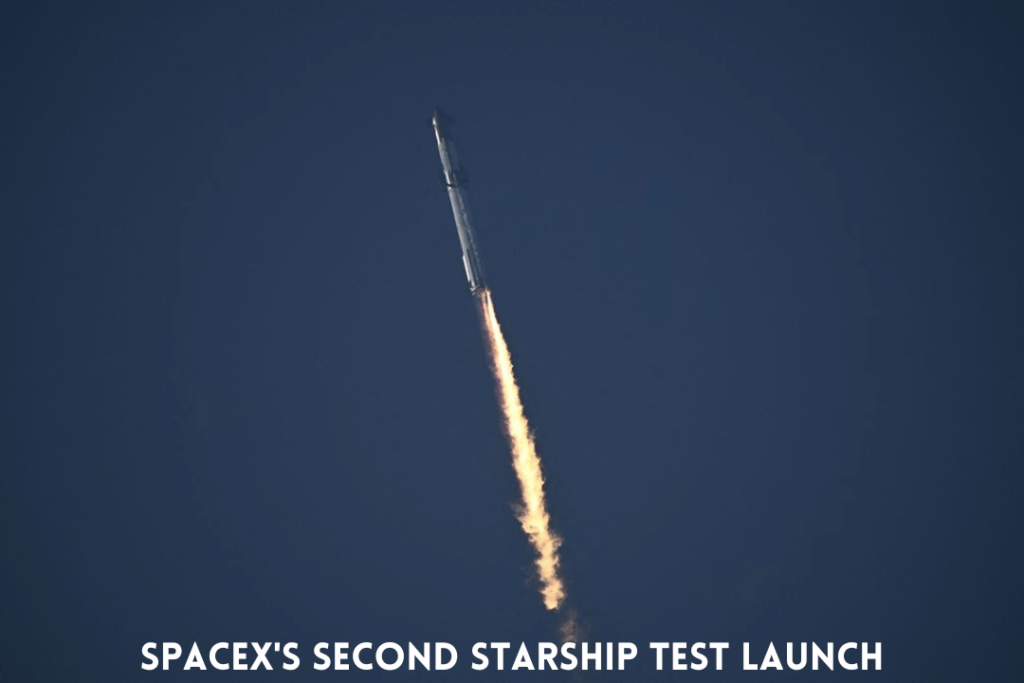SpaceX recently conducted the second test launch of the remarkable Starship, a colossal rocket envisioned by Elon Musk to pave the way for human colonization of Mars. Simultaneously, NASA awaits an adapted version of this rocket to facilitate crewed missions to the Moon. This event followed a previous attempt in April, which tragically ended in a spectacular explosion over the Gulf of Mexico.
SpaceX’s Second Starship Launch Time:
The launch took place at SpaceX’s Starbase located in Boca Chica, Texas, commencing shortly after 7:00 am local time (1300 GMT).
During the recent test, the rocket’s booster successfully detached from the ship but encountered an unexpected explosion shortly after. However, the primary spacecraft continued its trajectory as planned.
When the two segments of the Starship are conjoined, the rocket towers at an impressive 397 feet (121 meters) in height, surpassing the Statue of Liberty by a substantial margin of 90 feet.
The Super Heavy booster generates an awe-inspiring 16.7 million pounds (74.3 Meganewtons) of thrust, nearly doubling the power output of NASA’s operational Space Launch System (SLS).
The Starship and the SLS are designed for complete reusability, a fundamental aspect of SpaceX’s strategy to reduce launch costs significantly.
The booster that met an unfortunate end was scheduled to land in the Gulf of Mexico moments after liftoff. At the same time, the upper stage commenced a partial Earth orbit, nearly achieving orbital velocity. After 90 minutes, the plan was for the upper stage to execute a controlled descent into the Pacific Ocean near Hawaii.
Following the mishap during the initial test flight in April, SpaceX implemented crucial design modifications. Notably, the Starship now utilizes “hot staging,” igniting the upper-stage engines while still connected to the booster. This approach, commonly employed in Russian rocket technology, promises heightened power output. Furthermore, enhancements to vent systems aim to minimize explosion risks.
OpenAI fired CEO Sam Altman for lack of Honesty with company
Despite objections from conservation groups regarding environmental concerns, the Federal Aviation Administration (FAA) granted SpaceX clearance for the subsequent test launch after a comprehensive investigation.
SpaceX remains steadfast in its belief that explosions during the early phases of rocket development are valuable, providing rapid insights that contribute to accelerated design enhancements. However, time constraints loom for a modified Starship to be prepared for a targeted lunar landing in 2025.

The most significant alteration since the initial launch pertains to the separation method between the spaceship and the booster. This modification to “hot staging” will unlock substantially increased power potential.
The aftermath of the inaugural launch resulted in considerable damage to SpaceX’s launchpad at Starbase. As a response, reinforced structures fortified with high-strength concrete and a specialized water jet system have been implemented to shield against the immense heat and force generated during launches.
These developments mark significant progress for SpaceX. Nevertheless, the urgency remains to finalize modifications and advancements required for a successful lunar landing within the projected timeline.





